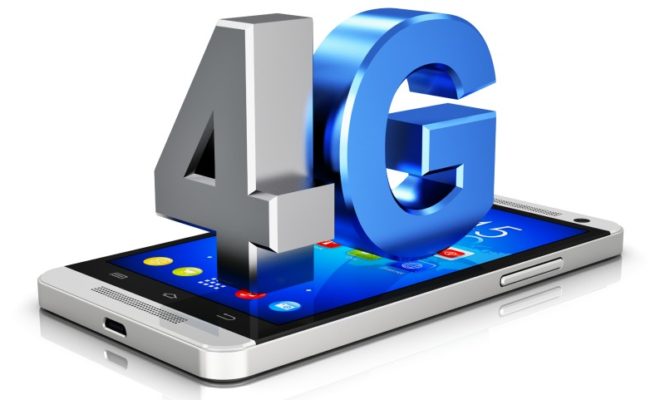Fast rewind back to when 3G networks first started rolling out to replace the 2G system. The selling point for these were that it was replacing a slow and unreliable platform, pushing us towards a more connected digital age. 2G remains the network protocol that introduced us to the ‘smart’ lifestyle. Even if it only allowed for the most basic of what we would now call smartphone functionality. The speeds were pretty slow, and mostly required pages and data specially formatted for these slower wireless connections. Also Read: Should you get a 4G-LTE SIM Card and Smartphone? Hint: Yeah you really should. Back to our discussion, many people use the terms 4G and 4G LTE interchangeably, but they are not the same. Here I did a little detailed comparison for you.
What is 4G?
The simplest explanation is that the “G” in 4G stands for a generation because 4G is the fourth generation of mobile data technology. LTE stands for “Long Term Evolution” and applies more generally to the idea of improving wireless broadband speeds to meet increasing demand. 4G was made to replace 3G and it offers a connection that is far more reliable and delivers much higher speeds. 4G is the next step above and the replacement for 3G, offering greater speed for users who stream media (such as videos or MP3s), browse the Internet, and download data. The speed of 4G means less buffering for the user, often none at all, making it the ideal for users who take advantage of the many features today’s smartphones and tablets offer. To use 4G in a 4G enabled device, the user has to be in an area covered by a 4G network. Most places offer 4G currently, but when users with 4G devices are in areas offering the only 3G, smartphones and other devices will switch over to 3G. For mobile use, including smartphones and tablets, connection speeds need to have a peak of at least 100 megabits per second, and for more stationary uses such as mobile hotspots, at least 1 gigabit per second. However, previously-established 3G networks have been improved to the point that they can be classified as 4G.
What is 4G LTE?
4G LTE is a type of 4G technology. LTE stands for Long Term Evolution and isn’t as much a technology as it is the path followed to achieve 4G speeds. Most of the time when your phone displays the “4G” symbol in the upper right corner, it is not the actual 4G. It can be termed as very strong 3G. LTE is the name given to the technology used in pursuit of those actual 4G standards. 4G LTE is about ten times faster than the older 3G technology, so the difference in speed is often quite noticeable when users switch from 4G to 4G LTE. You’ll also likely come across LTE-A at some point. This stands for Long Term Evolution Advanced, and it takes us a step closer to proper 4G. It offers faster speeds and greater stability than normal LTE.
Choosing 4G or 4G LTE
4G is offered in most areas now, but 4G LTE may not be available. That’s why it’s important to check your carrier’s coverage map. If experiencing 4G LTE is something that matters to you, you will want to find a carrier that offers the most 4G LTE coverage. It’s also a good idea to visit a wireless retail location to test the different network speeds yourself. However, if you need or want the fastest speeds available, you will want to buy a smartphone that supports 4G LTE and gets a carrier that offers LTE services.



